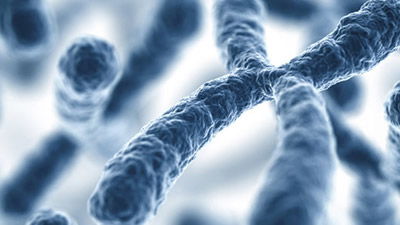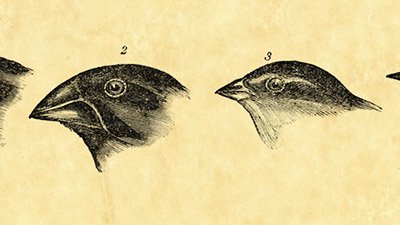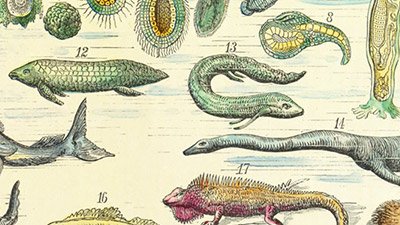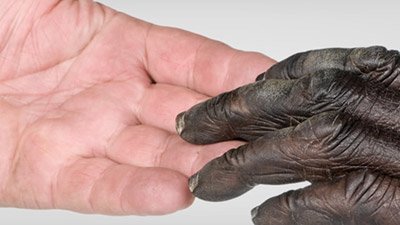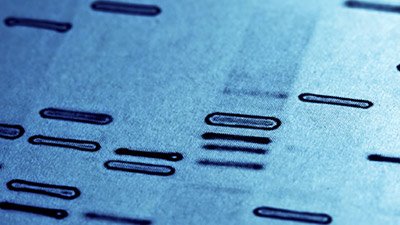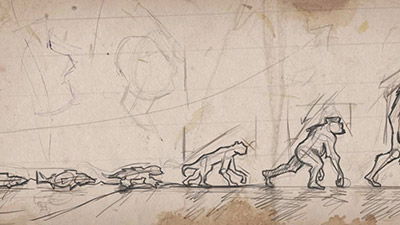Dr. Nathaniel T. Jeanson Articles
Latest Articles by Dr. Nathaniel T. Jeanson
-
Sept. 25, 2018 from Answers in Depth
In light of the discussion from this report, what can we conclude from the debate between Dr. Herman Mays and Dr. Nathaniel Jeanson?
-
June 25, 2018 from Why Do So Many Reject Creation Science?
On June 5, 2018, a self-described Christian and professor of chemistry published a provocative blog post titled “Talking Science as Christians.”
-
April 28, 2018 from Answers Magazine
The ethical use of human stem cells controversy has cooled and almost subsided. But not for the reasons you might expect.
-
March 1, 2018
The progress of science over the last 150 years has not only rebutted Darwin’s central arguments for evolution; it has also replaced them with an entirely different scientific explanation for the origin of species. Recent research on Darwin’s finches has confirmed this bold pronouncement.
-
Aug. 17, 2017 from A Response to Adam and the Genome
Venema took Tomkins’ claims to task on the BioLogos website regarding the supposed remnants of an egg-laying gene (vitellogenin) in human DNA.
-
Aug. 10, 2017 from A Response to Adam and the Genome
BioLogos has engaged in systematic scientific error on one of their “evidences” for evolution, and they have misrepresented the arguments for several years.
-
Aug. 3, 2017 from A Response to Adam and the Genome
In this article, we explore Venema’s claims in Adam and the Genome about genetic sequences that he thinks have lost their function.
-
July 6, 2017 from A Response to Adam and the Genome
Venema claims that the published, comprehensive genetic comparisons between humans and chimpanzees reveal a genetic identity of 95–98%.
-
June 29, 2017 from A Response to Adam and the Genome
In our series, we’ve discovered ample support that evolutionists fit facts to conclusions. In this article, we’ll continue to explore whether it is true.
-
June 22, 2017 from A Response to Adam and the Genome
In this post, we begin exploring Venema’s evidences in chapter two of Adam and the Genome, titled “Genomes as Language, Genomes as Books.”
-
June 15, 2017 from A Response to Adam and the Genome
In this article, Dr. Nathaniel Jeanson reviews chapter 1 (written by Venema and titled “Evolution as a Scientific Theory”) of Adam and the Genome.
-
June 8, 2017 from A Response to Adam and the Genome
It appears that Venema fits facts to his preconceived conclusions. Data and facts from YEC scientists that contradicted his claims were left out.
-
April 27, 2017 from A Response to Adam and the Genome
The recent publication of Adam and the Genome illustrated how evolutionists find new and more nuanced ways to contradict the biblical account.
-
Oct. 10, 2016 from Answers in Depth
Duff’s article explicitly and exclusively focuses on criticizing the YEC view of speciation, rather than on supporting the evolutionary view.
-
Oct. 9, 2016 from Answers Magazine
For more than a century Christians have looked for the scientific silver bullet that would destroy Darwinian evolution and prove biblical creation to be true.
-
Why Don’t More People Accept the Young-Earth View of Speciation?Aug. 6, 2016 from The Origin of Species After the Flood
All of these data together lead to testable scientific predictions that put the evolutionary and old-earth creation models to shame.
-
Did Natural Selection Play a Role in Speciation?July 30, 2016 from The Origin of Species After the Flood
When God created the kinds, He frontloaded them with genetic differences—with the potential to form all sorts of new species and varieties.
-
Getting Enough Genetic DiversityJuly 23, 2016 from The Origin of Species After the Flood
The major remaining question is how tens of thousands of species could arise in a few thousand years.
-
Getting Enough BodiesJuly 16, 2016 from The Origin of Species After the Flood
We need to know how these Ark ancestors can multiply fast enough to generate enough bodies to possess these new traits.

Answers in Genesis is an apologetics ministry, dedicated to helping Christians defend their faith and proclaim the good news of Jesus Christ.
- Customer Service 800.778.3390
- Available Monday–Friday | 9 AM–5 PM ET
- © 2025 Answers in Genesis


